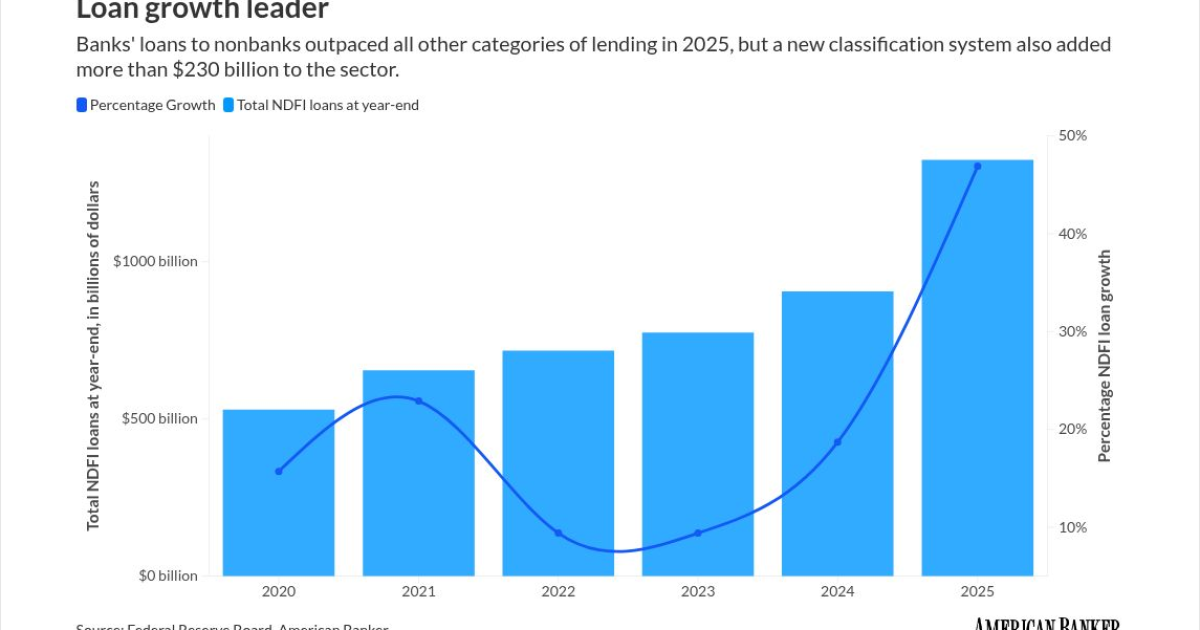
Although the CRA is technically applicable only to FDIC-insured depository institutions, such as national banks, savings associations, and state-chartered commercial and savings banks,
Passing the CRA exam means lenders must either prove they have taken action to serve all members of their community, including those in majority-minority census tracts and low- to middle-income neighborhoods, or pay costly premiums to purchase CRA-eligible loans. For many lenders, this can be a headache, but there are ways to make the process easier and significant benefits to achieving favorable examination results.
Lenders who make diverse and
To minimize the pain and increase the promise of their CRA strategy, lenders should follow these simple best practices:
1. Don't just look backward. Stay aheadLenders who fail to plan ahead for the CRA exam are left scrambling. By looking forward, lenders can find opportunities in unexpected places; and, when the time for the CRA exam comes, lenders that do so will have everything they need to show exactly how they are investing in underserved customers and communities.
Data is a key element of this forward-thinking approach. While many lenders look backward at their own past CRA results, lenders who also look at forecasts of the mortgage pipeline in the areas they serve can locate, strategize for, and act upon new CRA-eligible opportunities, versus floundering in already tapped markets. Lenders also have far more time to plan when they don't wait for the release of CRA and HMDA data to begin building their CRA lending strategies.
2. Widen your view of 'community'It's right there in the name: the Community Reinvestment Act. Identifying the right opportunities starts with recognizing where the community exists. While focusing on specific census tracts is a valuable method to locate hotspots, relying solely on geographic criteria can cause lenders to overlook some CRA-eligible loans.
Communities are not just neighborhoods, counties, or city blocks; they are also made up of individuals. By considering only MMCTs and LMI neighborhoods in CRA evaluations, lenders might miss opportunities in other areas. Even affluent neighborhoods can have LMI borrowers, although in lower concentrations. To maximize CRA potential, lenders should evaluate all potentially eligible borrowers, regardless of their neighborhood.
In short, CRA-eligible tracts and neighborhoods plus individual CRA-eligible borrowers equals the total pool of CRA-eligible loans. Lenders who consider their entire portfolio will find more CRA success than those who only examine those geographically designated as eligible.
3. Integrate CRA into broader strategic planningYou can't build an effective CRA strategy in isolation. Instead, financial institutions need to take a cross-functional approach that integrates CRA goals into broader strategic planning activities. Consider the example of a lender that's identified CRA lending opportunities in majority Hispanic neighborhoods it serves. It sets a goal to increase loan originations in those neighborhoods. To achieve this CRA goal, the lender needs to hire Spanish-speaking loan officers — a recruiting goal that may or may not be part of the HR team's current strategic plan.
By giving CRA planning a seat at the table in broader strategic discussions, lenders can create more cohesive and effective strategies. Internal alignment empowers loan officers, enhances community partnerships, and ensures that all functional areas contribute to CRA success.
4. The spirit, not the letterLenders can serve their borrowers more effectively by:
- Looking at forecasts to spot areas of opportunity
- Clearly identifying and understanding the communities they serve
- Developing precise strategies focused on inclusive and diverse lending
- And creating crystal-clear goals to increase internal alignment.
At the end of the day, that's what the CRA is about: providing the tools and services that underserved communities and borrowers need to thrive. In doing so, lenders will discover new lines of business and can seize every emerging opportunity in their communities, increasing their flexibility in an ever-changing marketplace.



